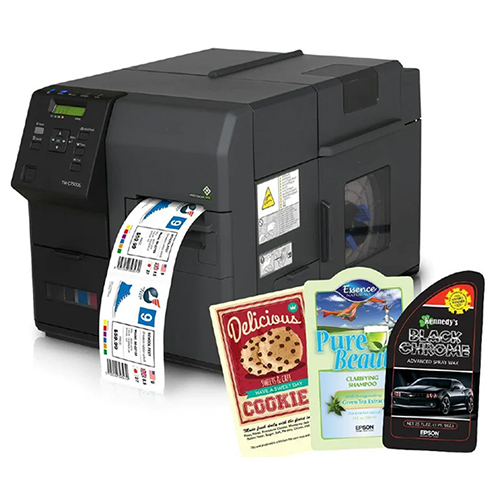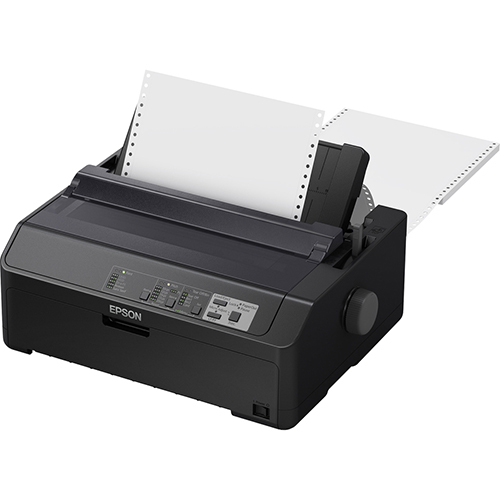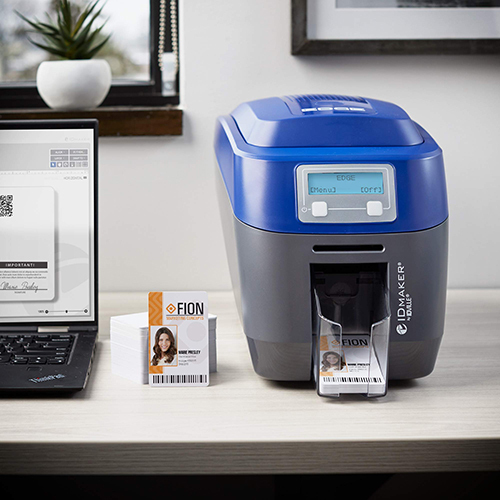- Home Page
- Company Profile
-
Our Products
- BarCode And RFID Hardware
- Labels and Printing Ribbons
- Industrial High-Performance Labels And Tags
- Heat Resistant Labels And Tags
- Tear Resistant And Rip-Proof Tags
- Polyimide PCB Labels
- Wire And Cable Labels
- Tyre Barcode Label
- Sanitaryware Barcode Label
- Security Seal Labels
- Paint Protective Barcode Label
- Gas Cylinder Label Tag
- Barcode Tag And Label for Heat Treatment Process
- Metal Barcode Label And Tag
- RFID Tags And Labels
- System Integration Solutions
- Software Solutions
- Contact Us
Barcode Printers
Product Details:
X
Product Description
Barcode printer technology is fundamentally based on two primary printing techniques: direct thermal printing and thermal transfer printing.
Direct Thermal Printing: This technique employs heat to initiate a chemical reaction on specially formulated thermal paper, resulting in a blackened area that forms the barcode. It is a cost-effective solution that does not necessitate the use of ink or ribbons; however, the labels may deteriorate when subjected to heat, light, or chemicals.
Thermal Transfer Printing: This approach utilizes heat to transfer ink from a ribbon onto the label substrate. It yields more resilient labels that can withstand various environmental conditions, making it appropriate for a broader spectrum of applications.
While other types of barcode printers exist, including dot matrix, inkjet, and laser printers, thermal printers remain the most prevalent choice due to their reliability and efficiency.
The DPI (dots per inch) of a barcode printer plays a crucial role in determining the resolution and overall quality of the printed barcode. Below are some typical DPI settings found in barcode printers:
203 DPI: This setting is adequate for basic barcode printing requirements. While it is cost-effective, it may not yield the sharpest images.
300 DPI: This is the standard resolution for a majority of barcode applications, striking a favorable balance between quality and cost.
406 DPI: This higher resolution offers clearer and more detailed barcodes.
600 DPI: This is the highest resolution available, making it suitable for applications that demand precise and high-quality barcodes, such as those used in electronics or for small labels.
Opting for higher DPI settings results in sharper and more detailed barcodes, which facilitate accurate scanning. However, these settings may also incur higher costs. The selection of DPI should be based on your specific requirements and the dimensions of the labels you intend to print.
For more details, contact us today.
Tell us about your requirement

Price:
Quantity
Select Unit
- 50
- 100
- 200
- 250
- 500
- 1000+
Additional detail
Mobile number
Email








